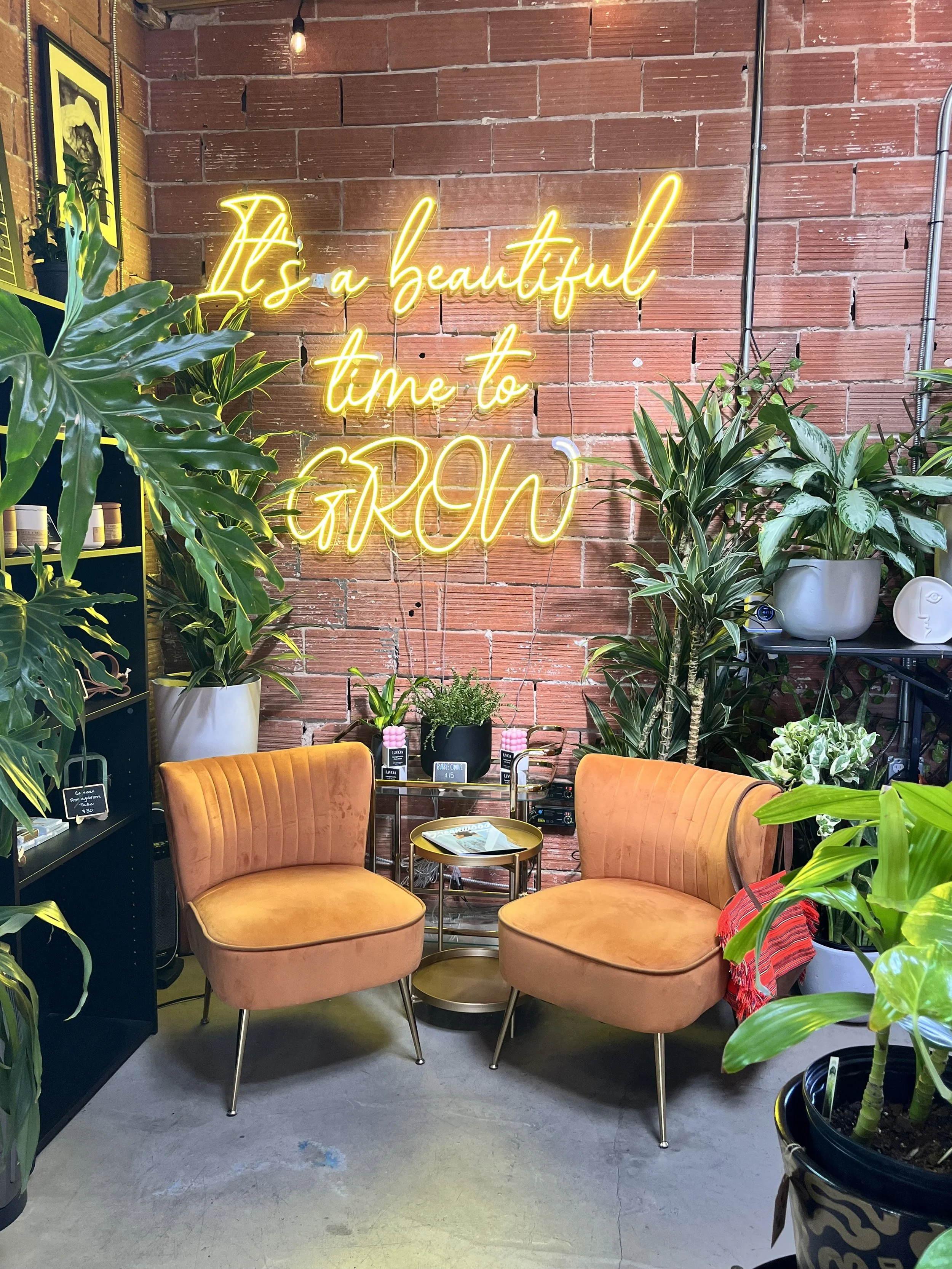The Case for Biophilic Design
The term biophilia (bio·phil·ia) has only been around for a few decades.
Merriam Webster defines it as "a hypothetical human tendency to interact or be closely associated with other forms of life in nature: a desire or tendency to commune with nature."
I enjoy how the dictionary uses the word 'hypothetical' to suggest the innate desire humans have to be connected to nature. There are so many variations of extreme outdoor activities—but how else can one truly explain a billionaire's desire to explore the bottom of the ocean via a metal container, pressurized to become an imploding explosive? How else does one justify exploration to the highest sides of El Capitan in Yosemite Park and then proceed to anchor a tent to the side of the mountain and sleep there? The common thread must be NATURE, in addition to the thrill, right?!
Those effects that we feel taking a walk on an early spring morning, seeing the dew mist on the blades of grass, or taking a hike in Yosemite, breathing in the fresh crisp air—those feelings of reduced stress, an enhanced sense of calm, and an increase in productivity. Yes! That can be transcended into our built spaces. Now, I'm not saying designers are magical (maybe a little, sprinkle sprinkle) and we can create that full effect, but what I am suggesting is that we can translate those feelings into our spaces through the intentional practice of biophilia, both in residential and workplaces.
I'm not big on following trends, but this is a trend that is actually worth following. During the pandemic, collecting and caring for houseplants boomed in popularity among young Millennials and Gen Zers. Americans spent $8.5 billion more on gardening-related items in 2020 than in 2019, according to the U.S. Census Bureau. The full perspective of nature's impact on our well-being cannot be summed up in one blog post, but we simply aim to highlight a few of the positive benefits.
So, what are the positive benefits of being exposed to and connected to nature?
5 Benefits of Incorporating Biophilia Into Spatial Design
1. Plants Make Humans Happy!
The presence of plants has been shown to improve mood and create a sense of well-being.
2. Plants Can Sharpen Attention
Studies indicate that being around plants helps increase concentration and attention span.
3. Reduction in Feelings of Stress and Anxiety
Exposure to nature and greenery can significantly lower stress levels and alleviate anxiety.
4. Increased Productivity
Incorporating plants in workspaces has been linked to higher productivity and creativity.
5. Removing Toxins
Plants help purify the air by removing toxins, leading to a healthier indoor environment.
By intentionally incorporating elements of nature into our living and working spaces, we can harness these benefits and improve our overall quality of life.
Shared with Love,



